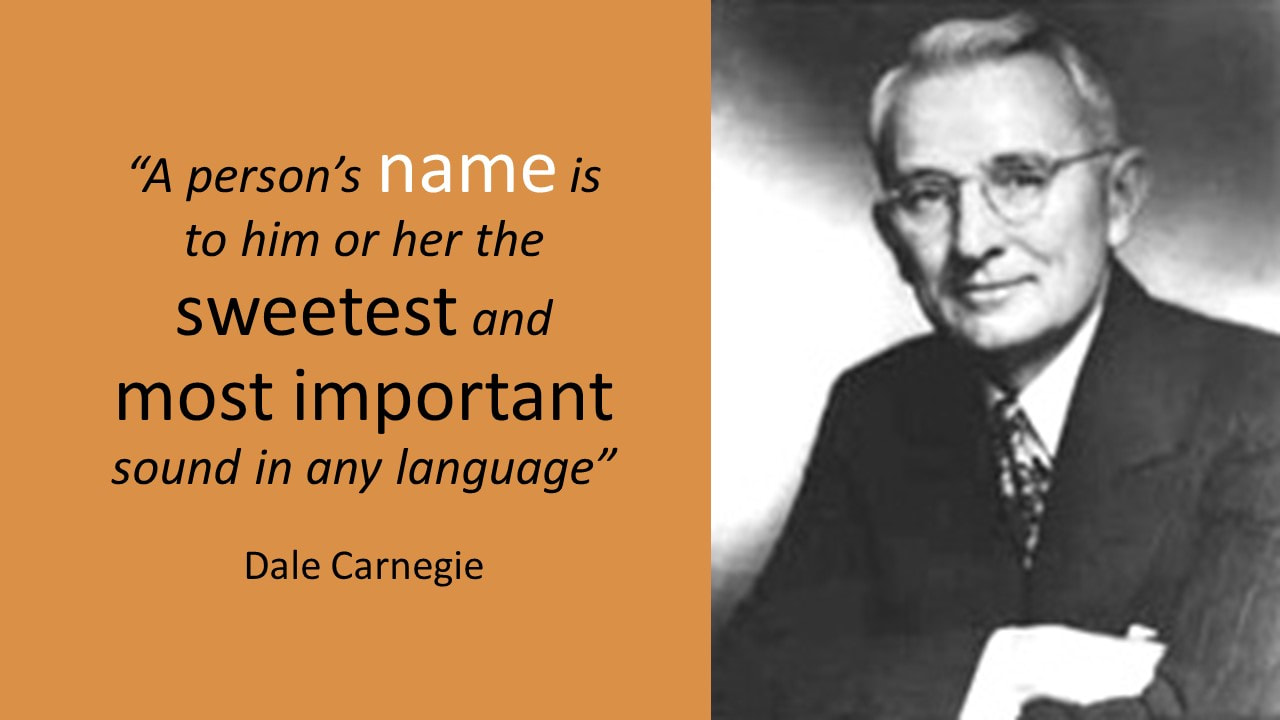|
Create your own Gratitude Bump* by using someone’s name when thanking them. Even better, teach your children to do so for these three reasons.
Going back to school invites many opportunities to say “thank you,” to friends, family, neighbors, sitters, childcare centers, coaches, camp counselors, and, of course teachers and staff at your child’s school. We parents benefit from a reminder to “say thank you” to the many in our village who make successful parenting possible. More powerful, however, is the reminder to train our children to say thank you. The growing body of research on the benefits of expressing gratitude show that training our children to say thank you improves their academic and social success and their mental and physical health. As a parent, I appreciate how saying thank you makes them generally more pleasant to be around! These benefits comprise the Gratitude Bump* – the improvement to every area of their lives when they express gratitude. The Gratitude Bump* offers immediate and long-term benefits, and is limitless. You can layer Gratitude Bumps* on each other for ever-increasing benefits. You create the Gratitude Bump*, by using four key elements when expressing gratitude. One of these elements is saying someone’s name when thanking them. Saying someone’s name creates the Gratitude Bump* for three reasons. 1. Magic Words Your mother might have told you that “please” and “thank you” are the magic words, but there is a special magic in using someone’s name. People like hearing their own name. When you use their name, it is like a magic formula to endear them to you. Dale Carnegie’s famous insight, “A person’s name is to him or her the sweetest and most important sound in any language,” stresses the value you can create in that moment. That magic lasts in the long-run, too. Since their name brings strong, positive value to the conversation, you also increase the attention they give you. They will focus more intently on you and what you have to say. Thus, using their name is sort of a call to attention, and is most effective toward the beginning of your expression of gratitude or at any point you want them to listen to you closely: “Maria, thank you for…” “Thank you, Sam, for…” or “…so what I am saying, Jacinda, is thank you…” Saying their name directs their attention toward you and creates a positive connotation for what you are saying. The benefit survives the interaction, creating goodwill that lasts in the long-run. For children, this means their teachers, classmates, and community give them better attention in the moment and thinks more positively of them over time. 2. Focus on Gratitude Saying their name triggers your mind to focus on them. In that moment, your mind focuses on the other person and that you are grateful not for your receiving a gift, service, or kind word, but for their act of doing so for you. Focusing on the other person helps increase the Gratitude BumpTM by turning your focus outside of yourself. According to the UCLA Semel Institute for Neuroscience and Human Behavior, This shift in thinking creates an immediate positive chemical shift in your brain chemistry that lasts beyond the conversation, providing short-term and long-term benefits. Most children are ego-centric. Training them at a young age to focus on others helps develop empathy, important for life-long success, and creates a habit of expressing gratitude, which also is important for life-long success. 3. Connection Builds Trust Saying their name builds trust and connection because they will perceive your expression as being more personal and more sincere than they would if you did not say their name, regardless of your actual level of sincerity. Increasing your personal and sincere communication helps that person hold you in higher esteem for longer, therefore improving your relationship with this friend, colleague, or teacher – yet another way in which using a person’s name in a thank you creates a Gratitude Bump.TM The immediate benefit of perceiving your interaction as more sincere and personal lasts long-term, too. Teachers and classmates who see your children as more sincere and personal will develop more trust in your children and build stronger relationships with them. Stronger social circles result in stronger academic success and greater satisfaction with school. A Word of Caution One caveat is that, as with all methods of communication, this one can be overdone. Overusing someone’s name tends to come across as sounding insincere or “salesy.” In a short thank you, saying someone’s name once is usually sufficient, and perhaps again as you close your conversation. Use your judgment to ensure you are making this tool part of your natural repertoire rather than adopting a message that sounds formulaic, and when training your children to adopt this element of saying thank you. Conclusion Children benefit at least as much as we do from saying someone’s name when expressing gratitude. It helps others focus and makes their attention more positive, puts your children’s mind in a healthy place while building empathy, and builds stronger relationships with teachers and peers. Teach your children to say someone’s name when expressing gratitude. They will create their own Gratitude Bump* to improve every area of their lives both immediately and in the long-run.
0 Comments
Leave a Reply. |
Megan Mayer
|

 RSS Feed
RSS Feed